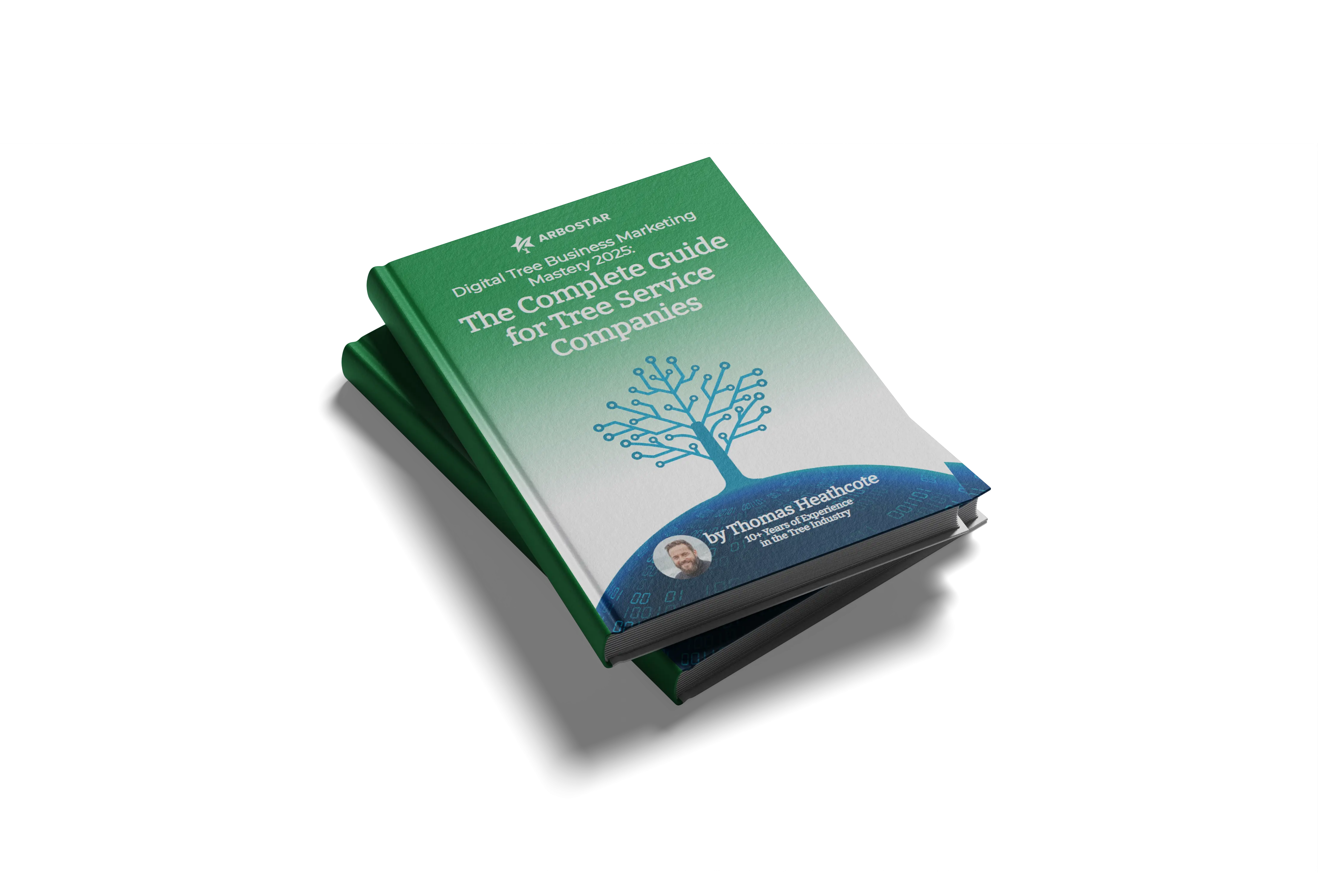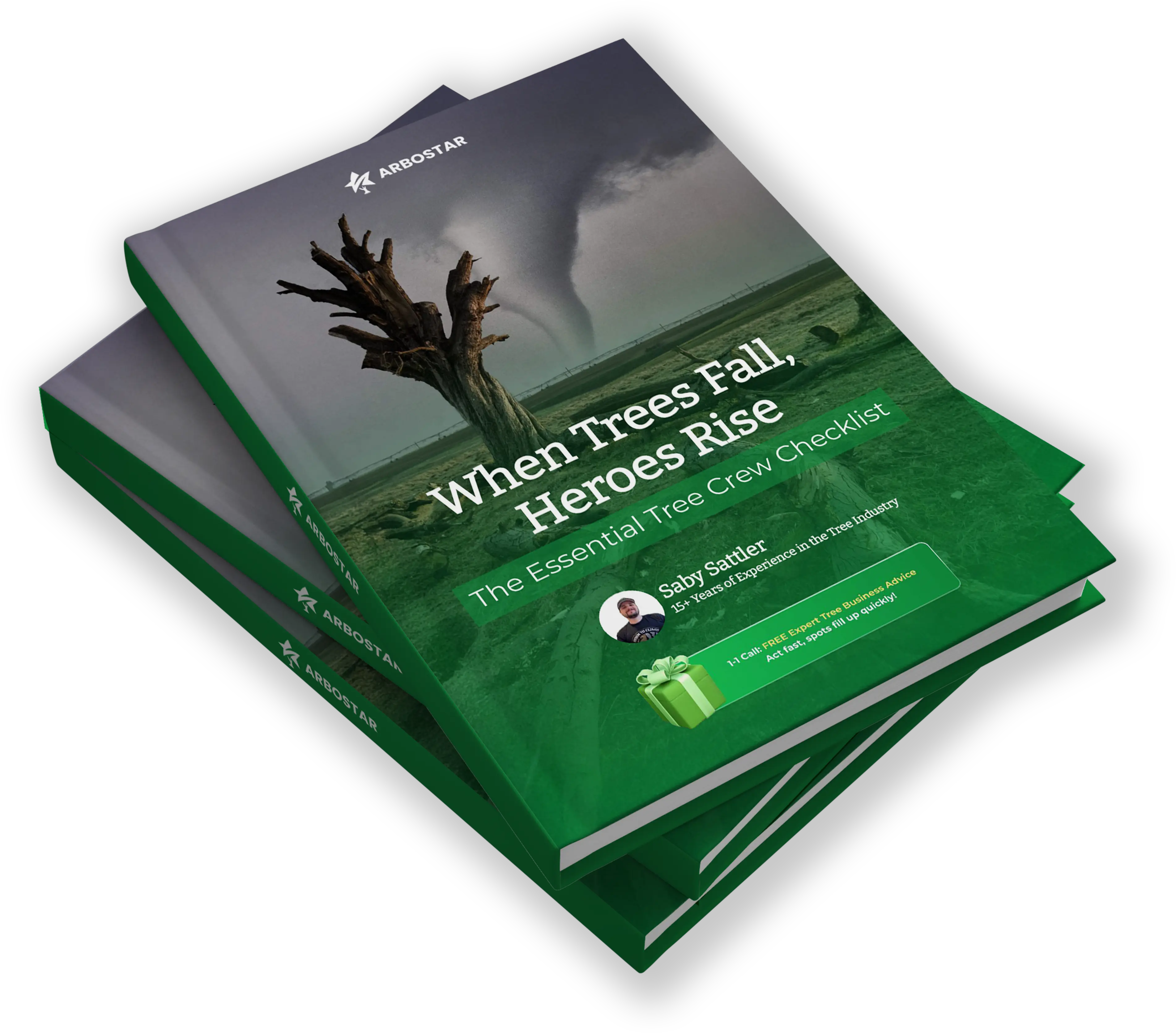A Comprehensive Guide to Tree Cabling and Bracing Techniques for Professional Arborists

Does Cabling a Tree can really help?
Tree cabling is a proactive approach to ensuring trees remain structurally sound. By redistributing weight and stress, cabling and bracing trees can help prevent breakage significantly. This method is particularly important for trees with structural weaknesses such as included bark or co-dominant stems. Cabling a tree not only protects property but also minimizes risk to human safety and enhances the longevity of the tree, making it an invaluable practice for arborists dedicated to conservation.

Tree cabling and bracing are proactive solutions, often employed when the structural integrity of a tree is compromised. In this article, we delve into these crucial techniques, offering insights to enhance your service offerings.
Understanding Tree Cabling and Bracing
Tree cabling involves installing flexible cables between the branches of a tree to redistribute weight and stress, reducing the risk of breakage. On the other hand, bracing employs rigid rods to strengthen weak spots in the tree, providing mechanical support to the tree structure.
When to Use These Techniques
Cabling and bracing are typically used when a tree displays signs of structural weakness, such as included bark, codominant stems, or large, overextended branches. It's also used when the failure of a tree part could result in damage to property or pose a risk to safety.
What Is Cabling And Bracing A Tree?
When it comes to balancing weight distribution in trees, they are cabled using flexible cables installed between branches, while rigid rods are used for bracing weak points in trees. Structural instability signs can be found in weakened areas where these methods can be taken advantage of. Arborists provide essential support by cabling trees which helps prevent branch breakage and trunk splitting among other things. Additionally, mechanical strength is provided by tree bracing that ensure the stability and healthiness of the tree. Effective management and care of trees require awareness on these techniques which promote their overall wellbeing.

Implementing Cabling
The best practice is to do weight reduction or canopy reduction to achieve the best results. Just installing the system can support the union or branches, but with extra pruning, we can help the cabling system and reduce the extra stress from the tree.
Applying Bracing
Bracing rods are installed to prevent the splitting of weak branches and trunks. The rods are typically placed below the cabling, and the number of rods used depends on the size and condition of the tree.
Regular Inspections
Regular inspections are crucial to assess the condition of cables and braces, and to evaluate the tree's overall health. Inspections should be carried out at least every year, or after severe weather conditions.
What Are Tree Cabling And Bracing Techniques
Strategic placement of cables aimed at redistributing stress across the tree is involved in arborist tree cabling. To effectively cable a tree ,cables should be put between branches so that too much movement does not occur leading to potential breakage. Rods below cables are used during bracing providing extra support for weak trunks or branches. These methods are vital in maintaining structural integrity especially among highly compromised ones. For an arborist desiring better service provision , mastering these skills should be key

Remember, while tree cabling and bracing are vital tools in an arborist's arsenal, they aren't substitutes for good tree care and management. Regular pruning, proper fertilization, and pest management are equally important in maintaining a tree's health and structural integrity.
As professional arborists, mastering tree cabling and bracing techniques will enhance your service offerings and set you apart. At ArborStar, we support your mission to preserve and protect the environment, one tree at a time.
With ArboStar you can take high-quality pictures and edit them, to help your customer understand where the system is going to get installed, and it can be a big help for the crew too.
When To Use A Tree Be Cabling and Bracing?
Signs indicating structural weakness like large overextended branches, included bark or codominant stems should prompt use of tree cables and braces in addition parts posing risks to safety around homes. Cable tree support systems need regular checks so as not become ineffective when used on our beloved plants. Trees that have been cared for properly through timely application will live longer than those neglected















